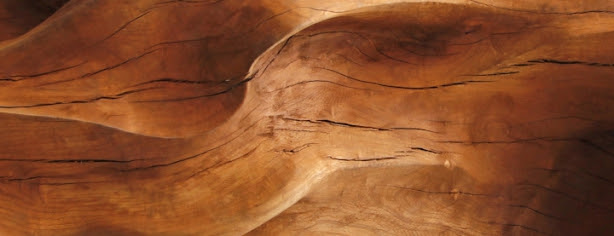I received an email this morning randomly from Lord knows who. The Woodworking forum advertised doesn’t appear in the search list. The business address advertised also is non existent, so I’m just taking it as spam. However, it’s not useless information and I thought I’d share it with you. I’ve also provided a link to a website I discovered this morning who sells exotic species in the US. I thought Australia was the only country with high priced timber, I guess the US has decided to follow our poor example.

Pine, oak, and maple are perfectly serviceable woods for most woodworking projects, but sometimes you want to create something a little special. Even the most basic design can be transformed into high-end pieces with the right kind of wood.
Most exotic woods are harder and denser than basic pine or maple and they contain more natural oils, which allows you to create beautiful glassy finishes on most exotics. Exotic woods are generally heavier than basic woods and can be much pricier, but they make great choices for smaller pieces and accent or inlay work. One thing to keep in mind while working with exotic woods is that the dust from sanding many of them can be hazardous to your health. It can cause rashes to your skin or problems when inhaled, so wear protective clothing and eyewear when working with it.
Brazil Nut Wood
Made from the tree that produces the food of the same name, Brazil nut wood is very dense. Best used for projects such as furniture making, boxes and musical instruments, its beautiful reddish tint is lightly striped with golden orange. The wood is moderately smooth-grained and can take a very high polish, making it a great wood for showpieces.
Asian Satinwood
This exotic hardwood has a deep curl that penetrates through the wood. The reddish-orange color combined with the curl creates a board that looks like it has enclosed flames. Popular in Southeast Asia for floors and cabinets, it’s also a beautiful choice for smaller projects such as pool cues, duck calls or knife handles.
Black Limba
This west African species is a wonderful wood to work with, being slightly less dense than American walnut. The warm brown background has prominent black stripes throughout, making it a striking choice for larger pieces. Use this wood for guitar bodies, fancy boxes or turned pieces.
Monkeypod
Also known as Pacific Koa, Monkeypod wood is an excellent choice for furniture and turned pieces. Warm gold and dark chocolate brown swirl together with black stripes to create a beautiful design. Pacific Koa is light in weight, relatively hard and very strong. It finishes absolutely beautifully, making it the exotic choice for many who love woodturning projects.
Pernambuco
Pernambuco is also known as Brazil wood. This rare, exotic hardwood is burnt reddish brown in color. The name is significant because the burnt red and vivid orange colors of the wood resemble the colors of Brazilian soil. This is a very stiff wood that works well in box making, but its primary use is for instrument bows. You can create a glass-like finish on this wood, making for some absolutely striking projects.
Australian Murray Red River Gum
Truly an extraordinary wood for extraordinary projects. This hard, dense wood ranges in color from creamy white to a brilliant, deep red. It glues and works well, but its figural inclusions are what makes it really special. Black swirls and random shapes show up throughout the pieces and occasionally even a checkerboard design will occur. This wood has a silky smooth grain, giving you the opportunity to craft some very special pieces.
Brazilian Tigerwood
This wood grows on the east coast of Brazil. The color is light gold fading into a red, with dark streaks that resemble a tiger’s stripes. Tigerwood is naturally oily and dense, which means it can take an incredible polish. This wood is great for smaller pieces and fancier applications such as pepper mills, knife handles. inlay work or bowls.
Movingui
A gorgeous wood that’s ideal for stringed instruments as well as smaller pieces. Movingui is so sought-after than most great pieces are cut into veneer, but occasionally you’ll find some sawed into lumber. It has a medium to fine grain and is a soft golden yellow with a darker golden grain that can look like stripes, mottling and even bees’ wings.
Sourcing
The problem with many exotic woods is that they’re rated as vulnerable or endangered. Legitimate dealers collect their wood from naturally dead trees. The sale of exotic woods creates strong feelings on both sides of the issue. Whether you feel uncomfortable dealing in exotic and rare woods or you love the unique features they bring to your projects, you should always support dealers who follow import laws and practice sustainable customs.


I thought Black Limba was a snake. From your description, it seems worth seeking out.
Steve
LikeLike
It’s similar to Louro Preto, but don’t confuse it with Afara Limba as they both go under the name as Korina. It looks beautiful as they all do.
LikeLike
The black mamba is a dangerous snake. Limba, on the other hand, can have some great color to it.
LikeLike
Not very exotic here in South Louisiana, but wood from Pecan trees can be very beautiful as well.
LikeLiked by 1 person
I tried bocote for the first time recently. Expensive, heavy and hard, but turns and finishes very well. And its color is amazing. I made a chess set out of it.
LikeLiked by 1 person